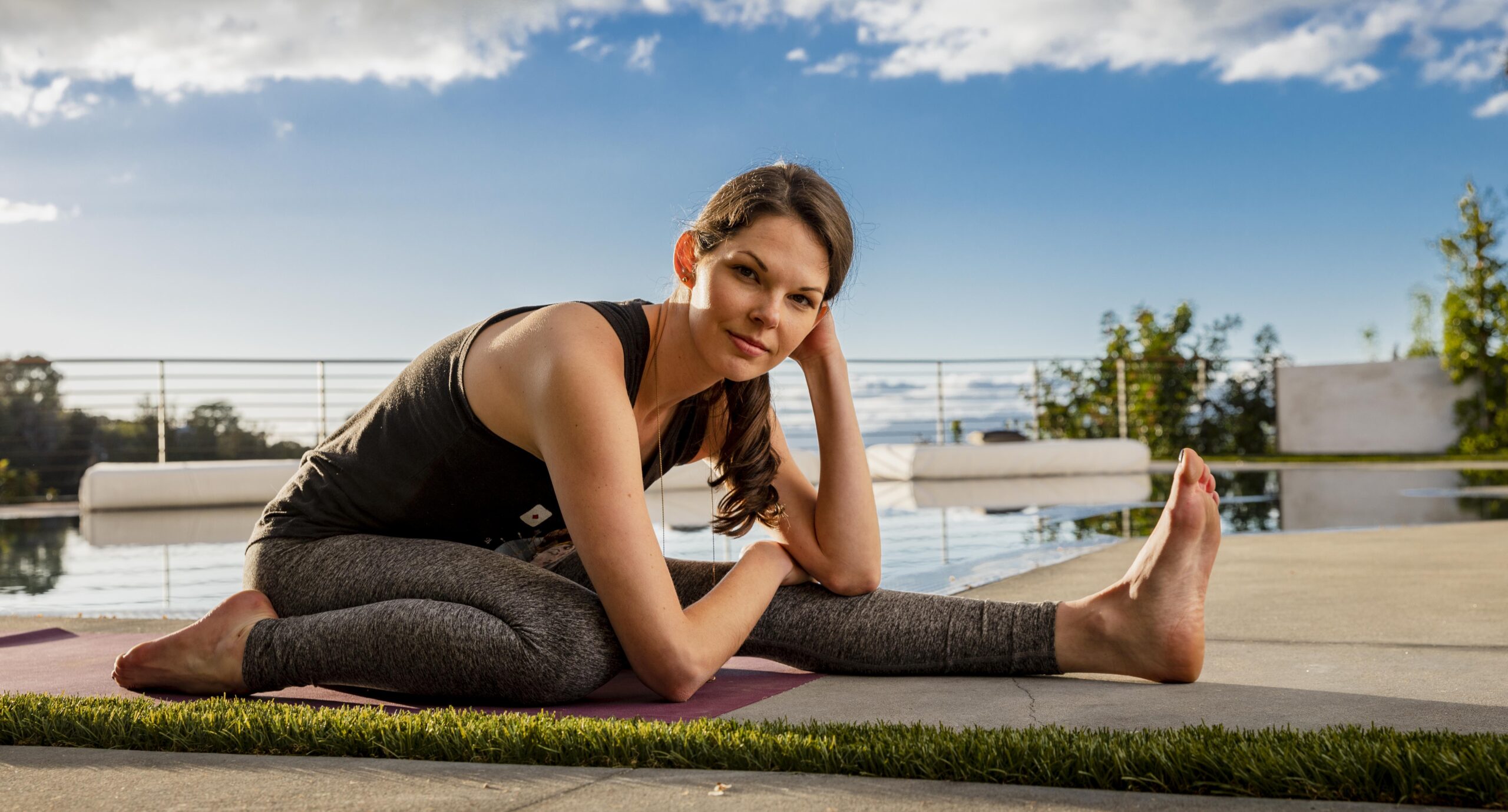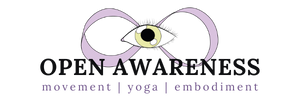
29 May Ease and My Yoga Evolution
What does it mean to be at ease at a deep level?
I’ve been contemplating this question since I finished up with a Restorative yoga teacher training I took this spring. If you practice with me you likely know how much I adore the more passive practices of Yin and Restorative yoga, but it wasn’t always this way. It took a lot of time for me to find ease. First I had to find the patience to allow the space for that feeling to emerge.
I feel a deep sense of pressure to be productive, to be doing something that feels additive to my life in some way. To be working on something, which meant that the most productive tasks felt like work. For a long time, work felt like it had a necessary component of drudgery. Some kind of ughhhh-I-have-to-get-this-done feeling. Even my yoga practice. Pleasure was there in my practice, sure, but it didn’t factor highly in whether I considered my effort worthwhile.
The Yin Era
Then I started practicing Yin yoga. It was the first style that really stuck with me as a home practice, something I would do using guidance from Sarah Power’s book Insight Yoga, in my bedroom, by myself, for an hour or two at a time. It felt incredibly productive because it was incredibly uncomfortable. So I stayed in those poses for five minutes, using a meditation timer on my phone to keep myself honest, and I wouldn’t quit until I finished the sequence she had written.
Yin taught me to be still. The joint opening was secondary but supportive in making the space I filled with stillness for five minutes at a time. Despite my volatile thoughts and emotions, despite everything that came up during the practice, I learned to stay still. I learned some level of acceptance of the chaos that was so present inside of me; I didn’t give myself the option of running away from it. I just stayed until the timer went off and then changed poses. Did the chaos really subside at this point in my practice? No. Not really. But I did wind up woozy in a kind of high way after savasana. There was something about feeling….not the same (if not always relaxed), that kept me coming back to my mat for more.
The Alignment Era
Then I started practicing Iyengar yoga and the YogaWorks style, both alignment-based, strong hatha practices. We did a lot of standing and balancing poses and workshopped how exactly to position the body in each family of asanas, starting with the simplest form and building systematically to more complicated shapes that required more strength, flexibility, and courage.
For sure this felt productive! It was productive in a very familiar, exercise-is-hard-physical-work way. Practice was rigorous. These styles of yoga taught me fundamental principles, building blocks of yoga poses, and that so much more than I ever thought was possible was possible for me. I learned strength, range, and most importantly, discipline. Did the mental chatter subside at this point? A little bit. I think mostly because there was no room for mental chatter while I was focusing so much of my effort toward the minute physical alignment cues and the endurance challenge of the poses. Plus, I’d been practicing my yoga for years by this point. I’d put in more time.
The Somatics Era
Next came the somatics practices, which taught me how to actually feel my body. The other styles were top-down for me. My mind telling my body what to do, how to do it, and how long to stay still. Yin was an experience of being with the sensations, but not necessarily embracing them. Letting what came up simply be what was real. Iyengar and YogaWorks were about manipulating my body and seeing new potential emerge. Learning and thinking and doing.
Somatics was about being my body, letting my body lead. With somatics, my body was teaching my mind. It was bottom-up. Did the mental chaos subside now? Very much so, yes. Not because I was distracted by discomfort or drawn so completely into challenge I had no space left for thought, but because I was so fully engaged in feeling and experiencing the somatic sensations and messages my nerves were sending to my brain. Fully immersed in present, grounded sensation. My mind at one with my body. I had readied myself for ease to emerge. I could finally feel deep ease in my body.
The Restorative Era
These days there’s a lot more Restorative yoga in my practice. Using props to support my body in positions of complete comfort. Positions where my body feels open but not stretched. Where there are no distractions, there’s no real doing at all once the props are set up just right. Just a 20 minute timer, and the choice to be still. To be with the mental and emotional chatter and chaos as it peaks and subsides and then to be taken over by deep, cellular ease for a little while before the timer goes off. I think of it almost as a practice all about getting good at savasana. Time when I’m not producing or consuming. Time spent in the fullness of emptiness. Timeless time.
Sutra 2.46
Sthiram sukham asanam. A pose is mastered when it is stable and at ease.
Mastery of the physical practice of yoga is defined as easeful. Not uncomfortable, not pushing our edge, not challenging, but simply stable…and at ease. Having learned how this feels through years of practicing many different, beautiful methods of yoga and embodiment, I’m able to awaken it ease more easily in whatever style I’m practicing.
Finding Ease
Knowing what ease feels like is a homecoming, something I lost along the way of growing to adulthood and something my practice has helped me to return to again, to restore myself to balance and resiliency for a life met with as much awareness, intention and compassion as I can.
